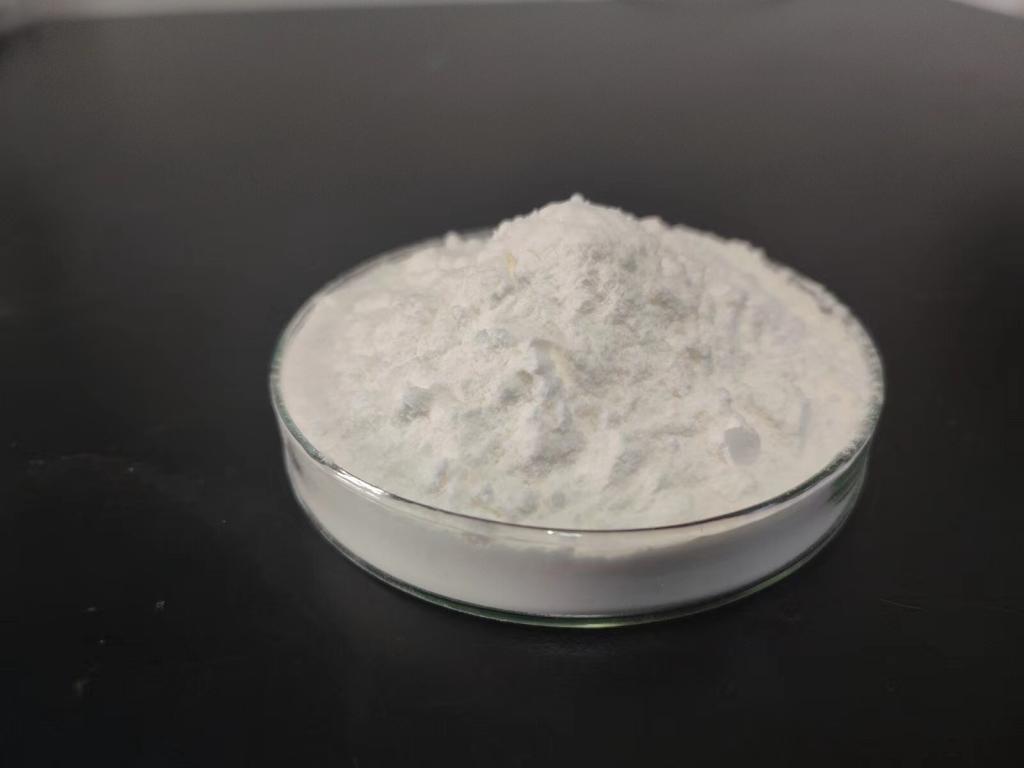Tel:+8618231198596

News
 CONTACT
CONTACT
 CONTACT
CONTACT
- Linkman:Linda Yao
- Tel: +8618231198596
- Email:linda.yao@dcpharma.cn
- Linkman:CHARLES.WANG
- Department:Overseas
- Tel: 0086 0311-85537378 0086 0311-85539701
News
Current Position:
Home >
News
>Sustainable Practices in Textile Preservation: ε-Polylysine Hydrochloride's Impact
Sustainable Practices in Textile Preservation: ε-Polylysine Hydrochloride's Impact
TIME:2024-02-02
Introduction:
Textiles, as carriers of culture, history, and artistic expression, require careful preservation to ensure their longevity. Traditional preservation methods often involve chemicals with environmental implications. In the pursuit of sustainable practices, the textile industry is exploring alternatives such as ε-polylysine hydrochloride, a natural and eco-friendly antimicrobial agent. This article explores the impact of ε-polylysine hydrochloride on textile preservation and its role in advancing sustainability within the industry.
The Challenges in Textile Preservation:
Preserving textiles poses unique challenges due to the diverse materials, structures, and historical significance involved. Factors such as microbial degradation, environmental conditions, and handling contribute to the deterioration of textiles over time. Balancing effective preservation with sustainability is a complex task that requires innovative solutions.
Introduction to ε-Polylysine Hydrochloride:
ε-Polylysine hydrochloride, derived from the natural fermentation of Streptomyces albulus, is a polypeptide with antimicrobial properties. Recognized for its safety and biodegradability, ε-polylysine hydrochloride has applications across various industries, including food preservation and, more recently, textile preservation. Its cationic nature enables it to interact with negatively charged microbial cell membranes, disrupting their structure and preventing microbial growth.
Antimicrobial Properties and Textile Preservation:
The antimicrobial properties of ε-polylysine hydrochloride make it a compelling candidate for textile preservation. Mold, fungi, and bacteria contribute significantly to textile deterioration, leading to discoloration, odors, and structural damage. ε-Polylysine hydrochloride's ability to inhibit microbial growth on textiles helps mitigate these issues, preserving the integrity and aesthetics of the fabrics.
Applications in Historic Textile Conservation:
Historic textiles, with their cultural and artistic significance, require specialized preservation methods. ε-Polylysine hydrochloride offers a targeted and gentle solution for the conservation of historic textiles. Its effectiveness against microbial threats allows for the preservation of delicate fibers and dyes without compromising the authenticity of the artifacts.
Eco-Friendly Nature of ε-Polylysine Hydrochloride:
One of the key aspects contributing to the sustainability of ε-polylysine hydrochloride is its eco-friendly nature. Being a product of natural fermentation, it aligns with the principles of green chemistry. The production process involves minimal environmental impact, and the compound itself is biodegradable, addressing concerns related to chemical residues.
Biodegradability and Environmental Considerations:
The biodegradability of ε-polylysine hydrochloride is a significant factor in its sustainable profile. After use, it breaks down into natural components, minimizing its environmental footprint. This characteristic distinguishes it from some traditional preservation chemicals that may persist in the environment, raising concerns about long-term ecological impact.
ε-Polylysine Hydrochloride in Textile Industry Practices:
The incorporation of ε-polylysine hydrochloride into textile preservation practices offers a sustainable alternative to conventional methods. Its compatibility with various textile materials, ease of application, and effectiveness at low concentrations make it a versatile solution for both large-scale textile industries and smaller conservation efforts.
Collaborative Initiatives: Textile Industry and Preservation Experts:
The successful adoption of ε-polylysine hydrochloride in textile preservation requires collaboration between the textile industry and preservation experts. Joint research initiatives, workshops, and information-sharing platforms can facilitate the integration of this innovative solution into established preservation practices.
Regulatory Compliance and Standardization:
Ensuring the regulatory compliance of ε-polylysine hydrochloride in textile preservation is essential for its widespread adoption. Establishing industry standards and guidelines for its use will contribute to the safe and effective application of this natural antimicrobial agent.
Challenges and Future Research Directions:
While ε-polylysine hydrochloride shows great promise, addressing challenges such as cost-effectiveness, scalability, and refining application methods is crucial. Future research directions may focus on optimizing formulations, exploring synergies with other preservation methods, and expanding its applications to different types of textiles and cultural artifacts.
Conclusion:
ε-Polylysine hydrochloride presents a transformative solution for sustainable textile preservation, addressing both the preservation needs of textiles and the growing demand for eco-friendly practices. Its antimicrobial properties, biodegradability, and compatibility with diverse textiles position it as a valuable tool in advancing sustainable practices within the textile industry. Collaborative efforts between the textile industry, preservation experts, and regulatory bodies can pave the way for the widespread adoption of ε-polylysine hydrochloride, contributing to a more sustainable and resilient future for textile preservation.
- Tel:+8618231198596
- Whatsapp:18231198596
- Chat With Skype







